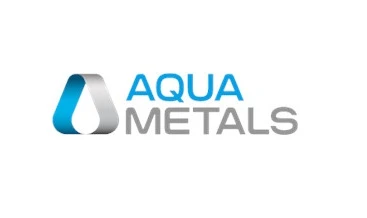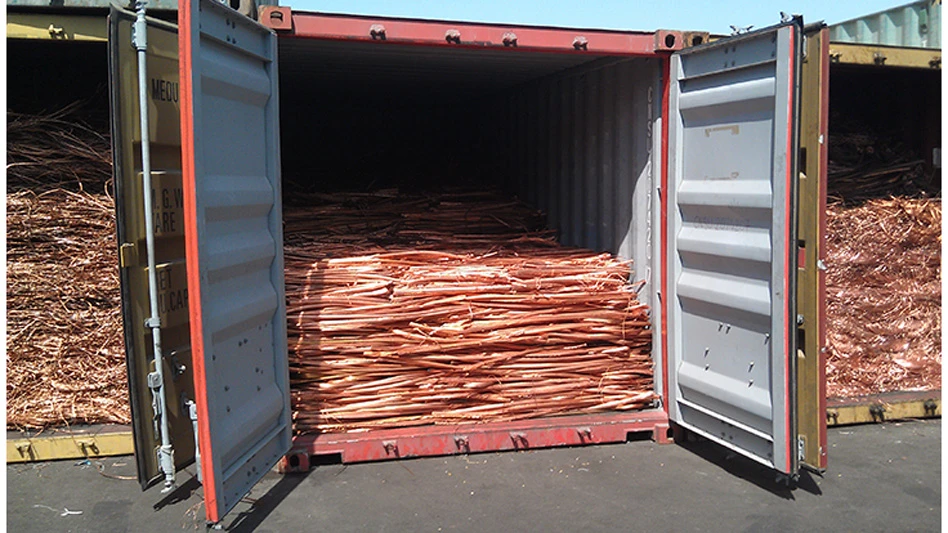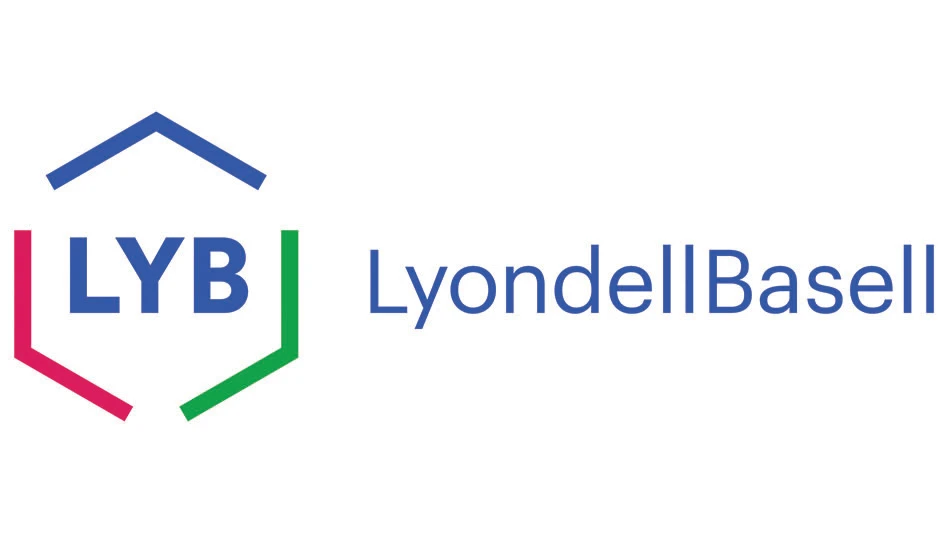Automobile Shredder – a hammermill-type shredder large enough to shred whole cars into fist-sized chunks in less than a minute.
Automotive Shredder Residue – the material left over after an automobile has been shredded and the ferrous metal removed (nonferrous metals and nonmetallic material).
Burden depth – the depth at which material is spread on a conveyor belt.
Downstream Separation – separation of material into ferrous, nonferrous and nonmetallic streams after it has been shredded. Usually material leaves the actual shredder on a conveyor belt and then is sent through magnets, eddy current separators, trommels, and other downstream separation equipment.
Eddy Current Separator – a device for separating nonferrous metals from nonmetallic material that works by creating a mechanically driven rotating or alternating magnetic field and moving a non-magnetic metallic particle into this field. An eddy current is created in the particle, producing a magnetic field with a like polarity, and ejecting it from the fixed field generator.
Ferrous – iron-based metals such as steel.
Granulator – a machine for grinding small materials such as plastics into small pellets.
Hammermill – a high-speed rotor equipped with large hammers for pulverizing material into smaller sizes. Large machines are often used to shred automobiles and other heavy-duty scrap metal.
Material burden – material on a conveyor belt on its way to being sorted.
Medium-Speed Shredder – a round drum with multiple replaceable cutter inserts which cut against a fixed bed knife. Used for reducing materials such as plastics, electronic scrap, wood waste and nonferrous metals.
Nonferrous – non-iron based metals such as aluminum and copper.
Shredder Drive – the motor on the shredder, which can be configured a number of different ways including electric or hydraulic.
Shredder fluff – the nonmetallic and generally non-recyclable material left over after an automobile or appliance has been shredded and the ferrous and nonferrous metals removed.
Slow Speed, Shear Type Shredder – a high torque, low speed industrial shear machine consisting of two or more counter rotating shafts equipped with hooked knives capable of cutting a wide variety of materials such as tires, paper, and baled metals such as aluminum.
Super Sized Shredder – a hammermill-type shredder with an even larger capacity than the typical hammermill used for shredding cars.
Tub Grinder – a shredder used primarily for woody, vegetative debris. The basis of a tub grinder is a hammermill, the top half of which extends up through the stationary floor of a tub. As the hammers encounter material, they rip and tear large pieces into smaller pieces, pulling the material down below the tub floor and ultimately forcing it through openings in a set of grates below the mill. Various sized openings in the removable grates are used to determine the size of the end product.
Unshreddables – materials that a shredder is unable to handle because they are too large or too thick to be shredded.

Explore the November 1997 Issue
Check out more from this issue and find your next story to read.
Latest from Recycling Today
- APR, RecyClass release partnership progress report
- Clearpoint Recycling, Enviroo sign PET supply contract
- Invista expanding ISCC Plus certification program
- Redwood partnership targets recycling of medium-format batteries
- Enfinite forms Hazardous & Specialty Waste Management Council
- Combined DRS, EPR legislation introduced in Rhode Island
- Eureka Recycling starts up newly upgraded MRF
- Reconomy Close the Gap campaign highlights need for circularity





